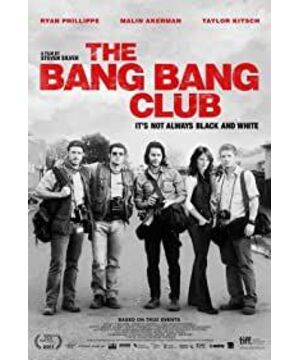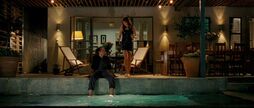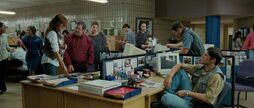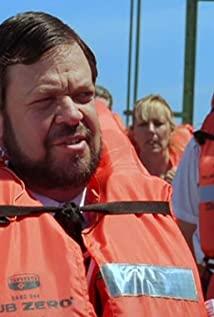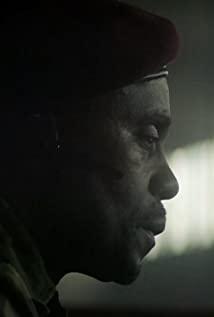A group of forgotten people who are bound by the trend of the times and bound by secular concepts. In the early 1990s, after Mandela took power, there was civil unrest in the Inkata Party in South Africa. Several white South African photographers formed the "Gun Club" to make a living by shooting realistic scenes of violence and war. This is where the story unfolds. The difference between war photographers and other photographers is that technology has become less important. The most important thing is distance. You can only take perfect pictures when you get close. And they are often in danger from it. One of the four members of the Gunfire Club was shot and killed in the streets of South Africa, and Mandela later publicly mourned the photographer Ken Osbrook (picture 2, third). This film describes the work experience of these well-known photographers in a very documentary and objective way, and thus reflects their mental journey. Two of the four photographers have won the Pulitzer Prize, Kevin Carter and Greg Marinovic (1st and 2nd in Figure 2), the director inadvertently restored the two The shooting scene of the award-winning photo, these two famous photos believe that many people have seen "The Death of Shabalala" and "The Hungry Sudan". (The original image is specially attached) When the two photos became the cover of Time magazine, people in Western countries really realized the difficult situation in South Africa and Sudan. People sympathized with the people in the photos, but often ignored the people behind the camera. Both winners ended up a bit tragically, Greg was shot and wounded in South Africa, and Kevin couldn't stand the pressure of public opinion (or, as the movie says, having been through so many wars, only the vision of a murderous death in his mind , couldn't take it anymore), committed suicide. Through Kevin's death, the director expressed his doubts. The photographer's job is to convey a real, objective picture of people, taking pictures of them (as Kevin puts it: "Watching people die"). However, should photographers be emotional about what they are photographing, and their job is to take the picture, is it their responsibility to connect with the people and things in the picture? After Kevin filmed "The Hungry Sultan", it was overwhelming but full of bad reviews, and everyone was asking: "Why didn't you drive the vultures away? Why didn't you take the little girl to a safe place?" Kevin himself He also began to blame himself, and he doubted the meaning of his profession. He tried to explain it to a talk show host who asked him what makes a photo great, and Kevin replied: “A photo is not just about looking good, it’s the question it expresses more important. People often ask photographers if they have done anything to make the situation better, and I would say that we took this picture to make the situation better. Efforts." However, the host did not understand and continued to press the little girl. Because of this, no newspaper was willing to hire him again, he had no money, no home, the death of his friend in South Africa hit him again, and he had to end himself. The Gunslinger Club is relatively bland overall, but its ending is tragic. The director himself also wanted the audience to experience the photographer's life objectively and eliminate their common misunderstandings. There are two details: One is that the members of the Gunslinger Club don't like being called the club, and the other is that the club eventually disbanded. This shows that the members of the club are not cold-blooded, and their hearts have always been subjected to shocks that ordinary people cannot bear. This review is a bit lengthy, but I think the movie deserves a look for every newcomer. We communicate objective truths, but never lose our affection for the world.
View more about The Bang Bang Club reviews


